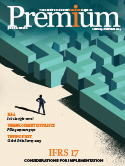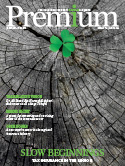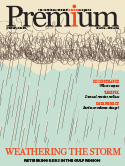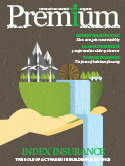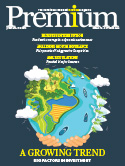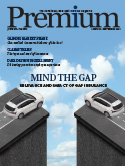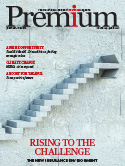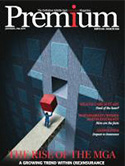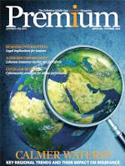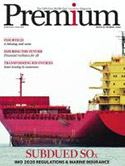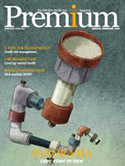Reinsurance rate movement limited: GC
The overall impact of catastrophe losses on property rates was muted at the January 1, 2019 reinsurance renewals, but the fourth highest annual catastrophe loss year on record did create questions over pricing adequacy, underwriting strategy and the amount of capital available, stated Guy Carpenter & Company LLC, in a press release.
In its annual renewal report released recently, the company said potential sector pressure from global catastrophe losses in the second half of 2018 and the continued development of 2017 claims was at least partially offset by plentiful capacity. As a result, its Global Rate on Line (RoL) Index, a measure of change in catastrophe premium dollars paid year-on-year, increased just 1.1 percent despite back to-back years of major loss accumulation.
Conditions for upcoming 2019 renewals are uncertain as capital providers integrate recent experience into their market approach. Diminishing profitability as well as uncertainty over the amount of available convergence capital impacted retrocessional renewals at January 1, but it is unclear what this might mean for broader market dynamics going forward. As the events of 2018 unfolded and 2017 losses continued to develop, increasing amounts of collateralized capital were lost or restricted by trust agreements. If this trend continues, or capital providers in general are more conservative in their commitments, deployable capacity may become more broadly constrained. However, there are also signs capital may increase, with several initiatives reportedly in progress to bring in new funds.
As the industry continues to refine the process by which capital supports risk, the evolving nature of those risks is creating additional challenges. The effects of climate change are not fully known but may shape the industry’s future assessment of exposure to loss, and emerging risks such as cyber have the potential to rival or exceed the exposure from any event currently considered. Market participants may need to adapt their approach to a shifting landscape, but capacity is likely to remain plentiful for risks that can be adequately measured and priced.








